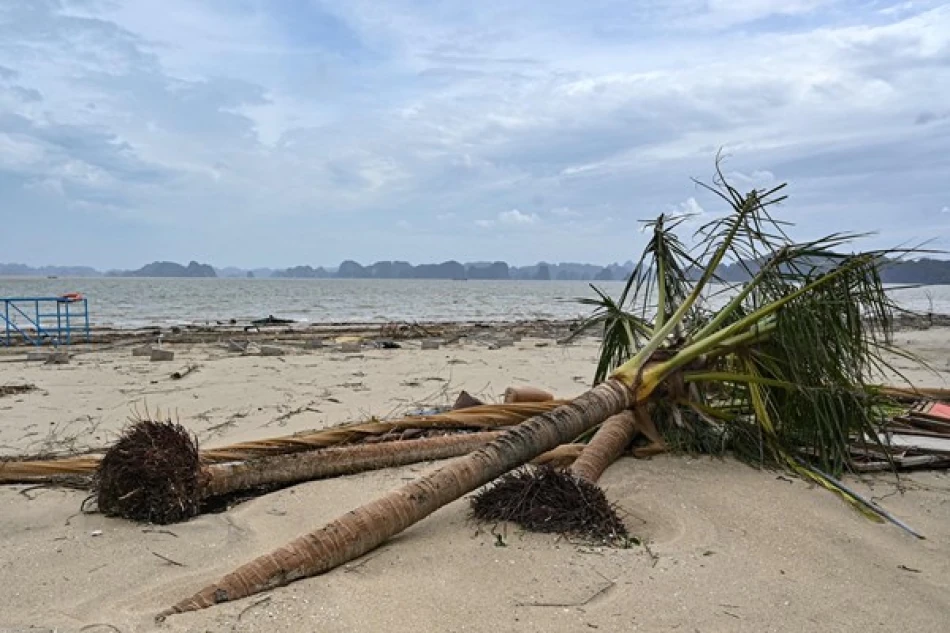
Vietnam Evacuates Hundreds of Thousands Ahead of Typhoon Kaji: Bracing for Devastating Storm
Vietnam Braces for Fifth Tropical Storm of 2025 as Typhoon Kajiki Threatens Eastern Coast
Vietnamese authorities are evacuating over 325,000 residents from five coastal provinces as Typhoon Kajiki barrels toward the country's eastern coastline, highlighting Vietnam's growing vulnerability to increasingly severe weather patterns that have already claimed over 100 lives and caused €19 million in damages this year alone.
Mass Evacuation Underway as Storm Intensifies
The large-scale evacuation operation, affecting more than 325,500 people across five coastal provinces, represents one of Vietnam's most significant emergency responses this year. Residents are being relocated to schools and public buildings that have been converted into temporary shelters, demonstrating the country's well-established disaster preparedness infrastructure.
National carrier Vietnam Airlines and budget airline VietJet have cancelled over 10 domestic flights, with more cancellations expected as the storm approaches. The typhoon is forecast to make landfall on Monday, bringing winds of up to 170 kilometers per hour that are currently battering southern China.
Economic Sectors Face Mounting Pressure
Vietnam's Disaster Management Service under the Ministry of Agriculture and Environment has issued stark warnings about the storm's potential impact, stating that "the situation is extremely dangerous with no guarantees for any vessels or facilities, including tourism and fishing boats, as well as aquaculture facilities."
This warning carries particular weight for Vietnam's crucial aquaculture industry, which ranks among the world's largest seafood exporters. The country's shrimp and fish farming operations, concentrated along the vulnerable coastal regions, face repeated disruption from tropical storms, affecting global seafood supply chains and local livelihoods.
A Pattern of Increasing Storm Frequency
Kajiki marks the fifth tropical storm to strike Vietnam in 2025, underscoring a troubling trend of intensifying weather patterns across Southeast Asia. The frequency surpasses historical averages and reflects broader climate challenges facing the region's low-lying coastal areas.
The human cost has been severe: over 100 people have died or gone missing in natural disasters during the first seven months of 2025, while economic losses have exceeded €19 million. These figures likely underestimate the true impact, as they may not capture long-term agricultural damage or disrupted tourism revenue.
Regional Weather Patterns Signal Broader Challenges
Heavy rainfall is expected to pound Ha Tinh and Nghe An provinces on Monday and Tuesday, according to China's meteorological administration. These storms threaten critical infrastructure including power grids, transportation networks, and communication systems that Vietnam has worked to modernize in recent years.
The storm's trajectory from southern China to Vietnam illustrates the interconnected nature of regional weather systems, where typhoons can cause cascading economic effects across multiple countries. Manufacturing hubs, shipping routes, and agricultural zones face simultaneous pressure, potentially affecting global supply chains that rely heavily on Southeast Asian production.
Vietnam's response to Kajiki will test both its disaster preparedness capabilities and its economic resilience as the country continues to position itself as a key player in regional trade and manufacturing networks.
 Layla Al Mansoori
Layla Al Mansoori







